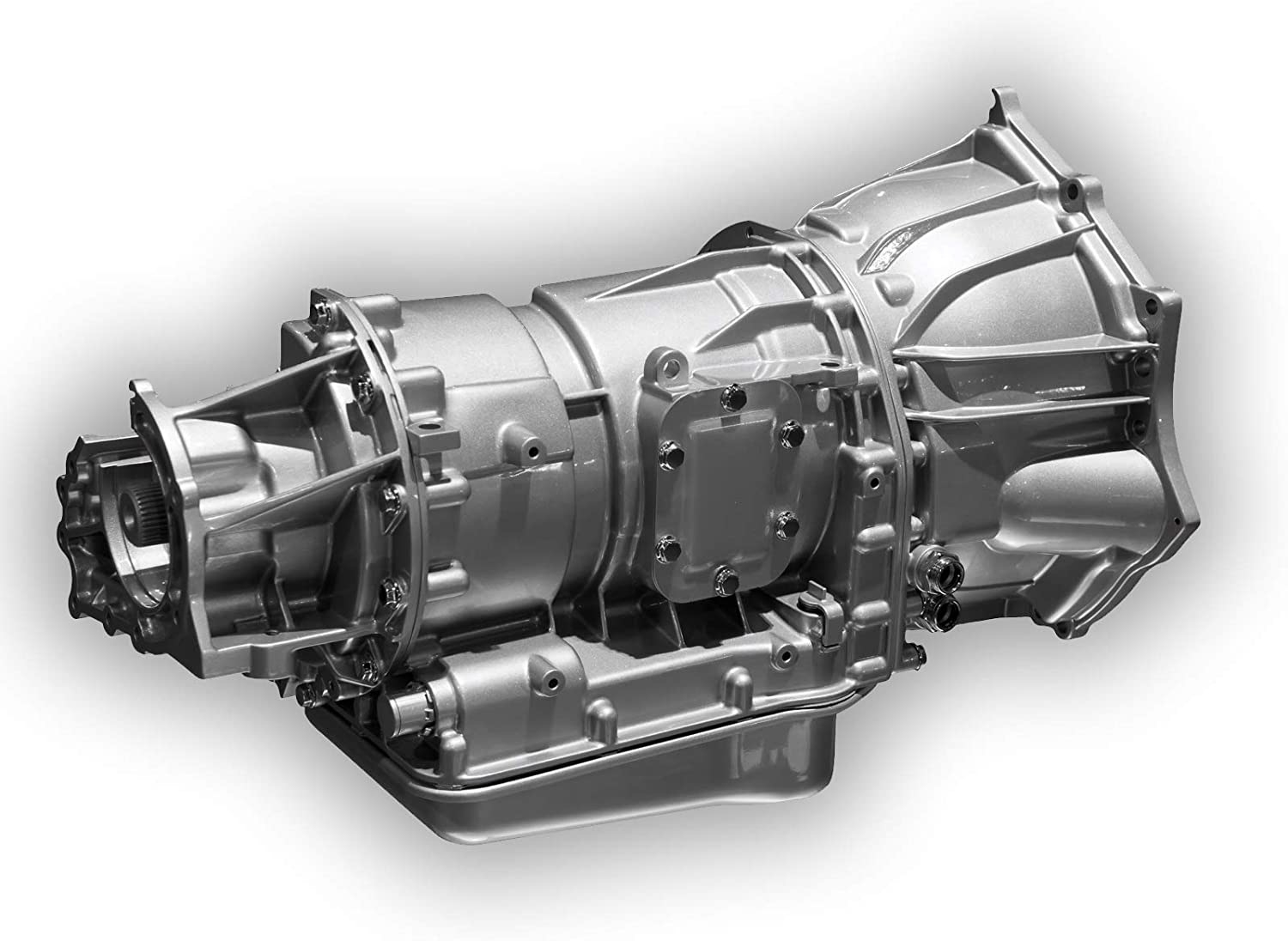Installing a Used Transmission or Reman Transmission
This article will give you the steps, tricks, and pitfalls to installing a reman or used transmission.
Gary Chatsworth - March 1, 2023
Installing a used or remanufactured transmission can be a great way to save money on vehicle repairs. However, it’s important to follow best practices to ensure the transmission works properly and lasts as long as possible. In this article, we’ll cover the steps you need to take when installing a used transmission or remanufactured transmission and the pitfalls you should look out for.
First, let’s define what we mean by a used transmission and a remanufactured transmission. A used transmission is one that has been removed from a vehicle and is being resold as is. A remanufactured transmission has been disassembled, cleaned, and rebuilt with new parts to meet original factory specifications. Remanufactured transmissions are typically more expensive than used transmissions, but they offer a higher level of quality and reliability.
Step 1: Prepare the Vehicle
Before you start the installation process, you need to prepare the vehicle. This involves disconnecting the battery, draining the transmission fluid, and removing the old transmission from the vehicle. It’s important to follow the manufacturer’s instructions for your specific vehicle to avoid damaging any components.
Step 2: Inspect the Transmission and Torque Converter
Once you have the old transmission removed, it’s important to inspect the replacement transmission carefully. Look for any signs of damage or wear and make sure it matches the specifications for your vehicle. If you’re installing a used transmission, you should also check the fluid to make sure it’s clean and doesn’t have any metal shavings or other debris. If you’re installing a used transmission, you should also inspect the torque converter for signs of wear and replace it if necessary. Fortunately, used transmissions should come equipped with a torque converter that is covered by the slavage yards warranty.
Step 3: Install the Transmission
Once you’ve inspected the replacement transmission and the torque converter, it’s time to install the transmission. Follow the manufacturer’s instructions carefully to ensure the used or reman transmission is installed correctly. It’s important to use the correct torque settings and to tighten all bolts and connections properly. Check all the plugs and fittings to ensure they're properly connected and ready to rock.
Step 4: Refill the Transmission Fluid
Once the used transmission is installed, you need to refill the transmission fluid. Make sure you use the correct type of fluid for your vehicle and follow the manufacturer’s recommendations for the amount of fluid to add. You should also check the fluid level regularly after installation to make sure it stays at the correct level.
Step 5: Reprogram the Transmission Control Unit (TCM)
In some cases, you may need to reprogram the TCM after installing a used or remanufactured transmission. This is especially true if the used transmission is from a different vehicle or if there have been any modifications to the vehicle's drivetrain.
The TCM is responsible for controlling the transmission's shifting patterns and other functions, and reprogramming it can ensure that the transmission operates properly with the rest of the vehicle's systems. This process involves using specialized software and tools to update the TCM with the correct programming parameters.
If you're not experienced in reprogramming the TCM and do not have the proper equipment, it's best to take the vehicle to a qualified mechanic, deale, or transmission specialist who can perform the reprogramming for you. This will ensure that the process is done correctly and will help avoid any potential issues with the used transmission down the line.
Pitfalls to Look Out For
While installing a used or remanufactured transmission can be a great way to save money, there are some pitfalls you need to look out for. One of the biggest pitfalls is buying a used transmission that doesn’t match the specifications for your vehicle. Make sure you check the part number and other specifications carefully before you make a purchase. If you're working with a professional salvage yard like Central Auto Parts, we will identify your vehicle by VIN and use VIN match software to ensure a fit.
Another common issue is installing the used transmission incorrectly. This can cause damage to the transmission or other components, and it can also cause the transmission to fail prematurely. Make sure you follow the manufacturer’s instructions carefully and use the correct torque settings and bolt tightening sequences.
Finally, you need to be aware of the risk of buying a transmission that has hidden damage or wear. This is especially true when you’re buying a used transmission. Make sure you inspect the used transmission carefully and check the fluid for signs of wear or debris. You should also consider buying from a reputable used auto parts dealer like Central Auto Parts that offers a strong warranty on their products. Central has the best warranty in business and can extend the length of the warranty and provide labor protection as well.
Conclusion
By following these best practices and being aware of potential pitfalls, you can ensure that your used transmission or remanufactured transmission is installed correctly and will provide reliable performance for years to come.Installing a used or remanufactured transmission can be a great way to save money on vehicle repairs. However, it’s important to follow best practices to ensure the transmission works properly and lasts as long as possible.
Central Auto Parts has been Denver's Leader in Recycled Auto Parts since 1977 and we're the guys to call first when you need a used transmission, remanufactured transmission, or any other used auto parts. Our partnership with Certified Transmission allows us to provide the industry's best remanufactured transmissions at competitve prices. Give us a call or Click Here to Shop Online Now!
